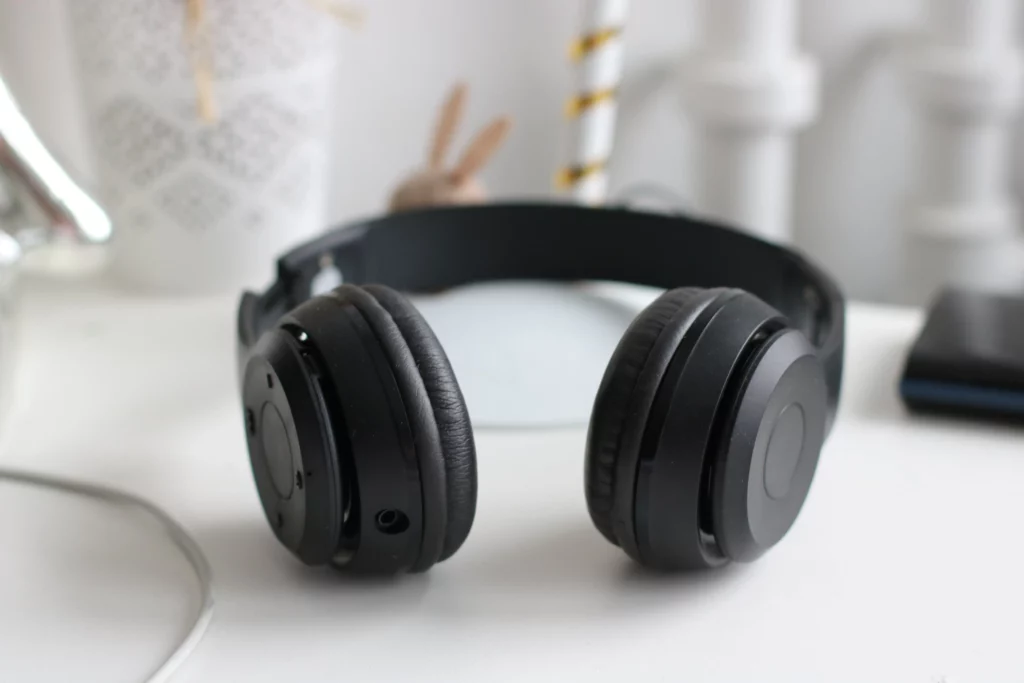
The revolution of streaming is underway. It’s not just being telecast.
With the rise of digital audio and smart speaker devices for home use and the convenience of listening while on the move, more listeners are streaming audio than ever before. Audio’s ability to deliver advertisements-driven content to highly engaged digital-first customers interests media buyers.
What is it that makes streaming audio different? What can advertisers do to leverage its distinctive features (and overcome its well-known problems) to achieve the best results from their campaigns? Let’s take a look.
Digital audio is truly vast in its reach.
Here’s an idea for a quick experiment. You can think of a device connected to the internet that has been introduced in the past five years that isn’t used to stream audio. This isn’t as easy as it sounds, do you think?
From smart fridges to smartphones, streaming audio is all over the place. The data from eMarketer indicates that nearly 75% of people who use the internet listen to audio on the internet, about half of the US population. These aren’t just people who listen to music regularly. By 2023 US people will consume an average of 45 minutes and one hour daily watching digital music. This is one-fifth of their media consumption. The time they spend listening to digital audio on digital media is second to video.
With this kind of saturation, it’s no surprise that overall growth is slowing down (only so many people live in America). US). This is a clear sign that digital audio is not a niche market anymore. It’s now a mainstream channel.
All of this is made more crucial when we consider the listeners 89 percent of Gen Z and millennials are likely to be listening to streaming audio in the coming year, and 55% of them have been listening to a podcast within the past 30 days. This is an enormous increase among the tech-savvy 20-something generation that has traditionally been a hot target for advertisers.
When viewed in conjunction when viewed in conjunction, the numbers prove the huge audience of digital audio broadcasts as a channel is not only there to stay, it’s set to expand.
The listeners aren’t inactive, particularly with podcasts.
A broad reach is important; however, without engaged customers within that audience, it’s difficult for marketers to justify the cost of creating messages that could be buried in the background. It’s good to know that data indicates that digital audio listeners are, well… being attentive.
People listen to digital audio, particularly podcasts, for entertainment that keeps their brains and imaginations awake during routine activities such as commutes and chores at home or walks with their pets. In this manner, the medium of entertainment (in this instance, the podcast) gets the spotlight. It’s no wonder smartphones and dashboards are the most popular podcast devices.
Instead of turning on the TV in the living room to “just have something on,” users can play their preferred podcasts to express their interest in them. They also interact with them frequently: US weekly podcast listeners consume nine podcasts each week and are likely to listen to all or most of every episode they put on.
Going one step further, that means listeners are particularly tuned into advertisements. Podcasting (and, as a result, digital audio) isn’t just an inactive channel. Based on research from an investigation by National Public Media and Edison Research and Edison Research, most listeners don’t miss ads. Couple it with the fact that the recall of brands is more prominent for digital audio compared to other media, and you get an audience that is both extremely active and very open to advertisements.
Identity unlocks the full possibilities of audio streaming.
Digital audio might be among the most rapidly growing marketing platforms in the US; however, in a number of ways, it’s facing the same problems which have afflicted the streaming market since its beginning. Connecting different signals across platforms, devices, and programs is the most prominent. All those statistics about the number of devices owned and time spent listening aren’t useful when advertisers don’t have an accurate idea of the audience they’re trying to connect with.
For advertisers to effectively profit from the opportunities for reach provided through digital music, they require an appropriate solution for identifying themselves.
The devices people use the most to stream their preferred audio content (like mobile phones, smart speakers, and car entertainment systems) are not traditionally using older identifiers. Hence, conventional connecting homes to their devices simply don’t work. If traditional identifiers are used (i.e., the RSS feeds utilized by most podcasts), constant signal loss and the imminent deprecation of cookies mean that strategies must change.
Identity solutions designed for the current streaming environment must be aware of this to ensure the digital audio inventory is fully usable. Additionally, advertisers must be aware of the size and quality of identity solutions available. This is because, without a system that will connect to the vast majority of households that stream and households, it will be impossible for advertisers to benefit from the popularity of streaming audio truly.
The potential of streaming audio is huge for advertisers. Its wide reach to highly engaged users will make that obvious. The best identity solution helps advertisers realize this potential and target users when they’re most interested in listening.
Source:- https://www.thedrum.com/opinion/2023/06/20/digital-audio-no-longer-sleeping-giant
